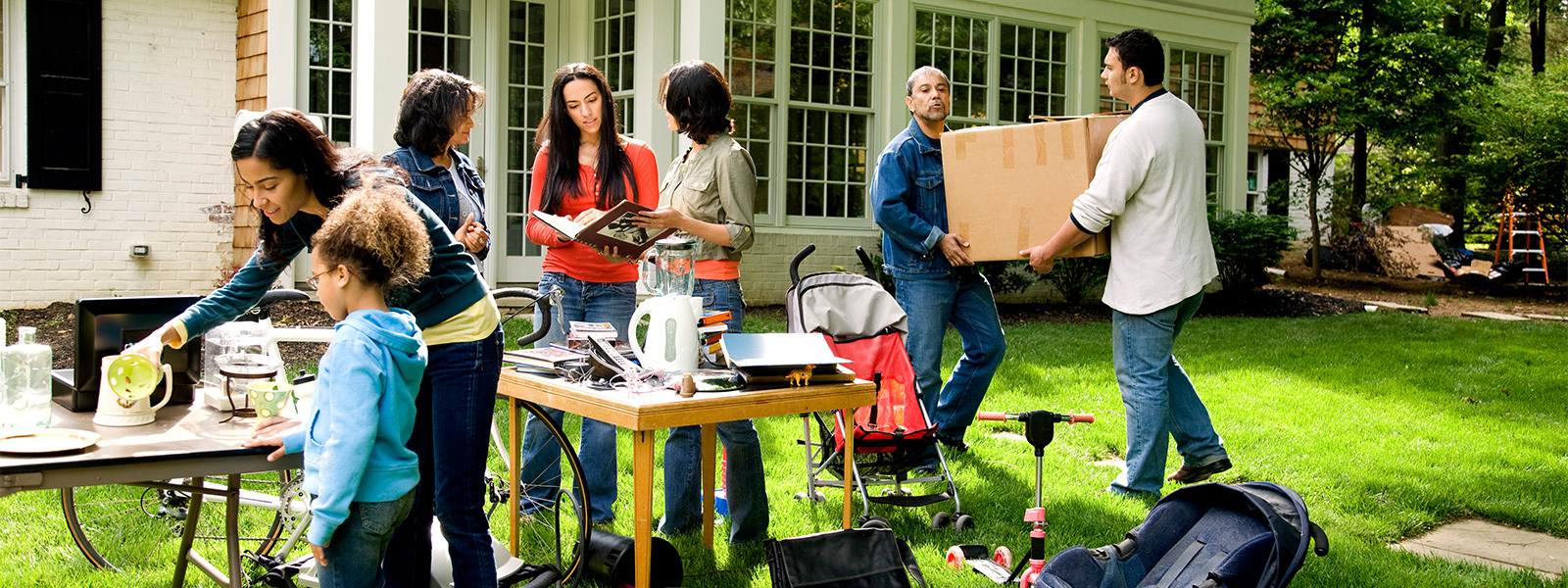Estimated reading time: 5 minutes
Moving to a new home can be big undertaking. But your next move could be your easiest and most affordable yet with a little bit of planning and organization. Here are seven moving tips on how to reduce moving costs and plan like a pro, including one from Mr. Cooper on how to move for free.
1. Schedule professional movers during low demand times
“How much should I budget for moving costs?” might be one of the first questions that comes to mind as you preparing to move. The cost of your move ultimately depends on the distance. Houzz.com averages a local move at $1,500 and a long-distance move at $5,000. Planning a time to move when demand is low can potentially lower your costs. According to moving.com, Monday–Thursday and mid-month days are usually when demand is lowest and moving companies will have lower rates. To reduce moving costs even more, they suggest timing a move for the fall or winter.

Save Up to $10,000 & Get an A-List Agent
Save and simplify when you buy, sell, or both with Mr. Cooper Real Estate Services.1
2. Declutter and sell what you don’t need
Moving provides a great opportunity for decluttering (learn more in our decluttering blog). Get rid of any unwanted or worn-out items to save space and time by decreasing how much you have to move. Before you begin packing, take an inventory of your belongings and highlight anything that is broken, duplicated, unused, or unwanted. Determine if anything you’ve decided to part with can be sold or donated. This reduces how much is thrown away and may give you some extra cash. When you arrive at your new home, it’s a good plan to only have items you want or need.
3. Collect free boxes/supplies
Here’s one of the best-known tips on how to reduce moving costs. Before you start buying boxes, think about how you can save on moving costs using free or donated resources. Many businesses such as liquor and bookstores have lots of durable boxes on hand. Neighbor.com discusses other helpful places to find free supplies such as Facebook Community Groups and pet stores.
Moving can take a lot of supplies. Put together a list of what you’ll need such as boxes of various sizes, packing material such as newspaper or bubble wrap, packing tape, labels, etc.
4. Use existing items as packing supplies
Here’s a creative take on how to reduce moving costs: use your clothing or blankets—anything that reduces impact—as packing material. Wrap them around fragile items to keep them padded during the move. Save space and money while moving by finding multiple purposes for your belongings. In the end, finding ways to reduce your moving expenses can free up some money for other homebuying expenses.
5. Organize for your move
Staying organized while moving can be easier than you may expect. It can also help in reducing moving costs like taking a day off from work or having to pay an extra day’s rent while you move out. Start by creating a master to-do list to help you and your family stay organized and on schedule. Write down each task and make sure to note any important dates and deadlines. Be as detailed as possible and include information you need to accomplish each task.
Create a labeling system to make your packing and unpacking experience an organized breeze. Have clear and descriptive labels to help you stay organized while packing up the truck, unpacking, or looking for something specific. One way to do this is by writing the room, category, and contents on each box. Lastly, make sure that each box is identifiable from all sides, so no matter how you stack them, you’ll know what’s inside.
6. Create a packing plan
Packing plans help ensure you organize and pack boxes in the way that makes the most sense for you. For example, if you are moving to a home with a similar layout and number of rooms, it may make sense to pack one room at a time. On the other hand, organizing your belongings and packing by category may make more sense if your new home is very different from the last.
7. Start packing early
Once you’ve got your plan in place, it’s never too early to start the packing process. Start by packing up items you don’t use often, such as décor or seasonal pieces. Then, find an out-of-the-way place to store your packed boxes. Take baby steps, and if you have a few extra minutes, pack up one drawer or shelf. Anything you do ahead of time will help streamline the process during crunch time.
Need to get moving on your home loan, too? Get in touch with one of our Mortgage Professionals who can help you get the right loan for you! Or, apply online.
Tradenames and trademarks used in this blog post are the property of their respective owners. Nationstar Mortgage LLC d/b/a Mr. Cooper is not affiliated, associated, or sponsored by any of these owners. Use of these names and trademarks is not intended to and does not imply endorsement, but is for identification purposes only. Information provided does not necessarily represent the views of Mr. Cooper. Information is subject to change without notice.







